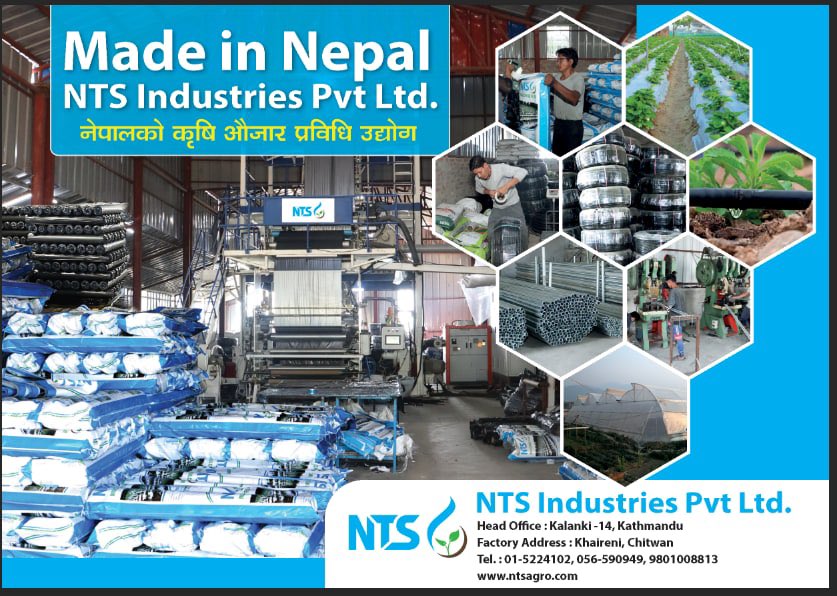Nepal is the country predominantly by the agriculture however realities is far enough to match the economic raise of the farmers groups. The government of Nepal has tried various extension approaches to support the farmers groups but most of the approaches are benefitted to the specialized groups abandoning the hundreds of poor farmers behind.Since.1950’s,country has practiced approaches like T and V(training and visiting) ,integrated rural development ,block production programs with the support of the foreign donors and government. In contrast, these programs are not able to incline the farmers groups due to the various restraints. The revolution has been expected on later period although commercialized farmers are argued giving the clear reason of nepotism and late processing and implementations of the benefitted services to the deserving farmers.
According to the department of Customs, Nepal had crossed the 200 billions bills in the agri-import accounting the Rs.215.50 billion (2017/18) where Rs 127.51 billion accounts in (2013/14).(prasain,2018)This findings symbolizes the fact of the Nepal dependency is inclining and alarming status which should be minimized as soon as possible. Agriproducts dominate the topped displacing even the petroleum products behind .
On the other hand, export products are very few to compete in the global market. According to the TEPC(trade and export promotion Centre),cardamom is the topped the highest export agri products in Nepal.99% of the cardamom is exported only to the India. Most of the cash crops are produced by the eastern hills in the context of Nepal.Likewise,ginger exported 3 folds to 400.51 million during review period with the export of tea revenues jumped to 26.5% to 2.21 billion .
According to the FNCCI(federation of Nepalese chamber of commerce and industry),about 30 % of Nepal’s total land is used for agricultural purposes but still not enough to uplift the status of farmers.50% of the exports depend on agricultural sector leading Rice as a stable food crop having 21%share in agriculture domestic product. In 2015,farmers grew 5.2 million tons of rice on 1.6 million ha of farmland(G.C,017)
Research finds that 43 districts are food insecure in Nepal while 6 districts are highly food insecure is observed from the survey of Nepal’s food security conducted by agriculture development food security monitoring unit and world food program, food securing monitoring and analysis unit).
Statista(2019)claims that GDP contributes by agriculture declines to 30.31% (2008) to 29.04% in 2017.
The inclining rate of labor male migration leads only female as a active member for the agriculture performance which also become another issues in the agriculture. The geographical restraints, cultural and social constraints and psychological perspectives of the youth towards the agricultures disables the progression in the agriculture. The fluctuation of climate, illiterate farmers and unskilled agri- workers become hurdled in the path of agribusiness’s government should bring approaches for the connectivity of agriculture with the business to bring the drastic changes in the agrobusiness ensuring the thousands of farmers can able to get services from the government and agencies breaking the chain of lines of nepotism and biasedness. –Sangam Basnet







Add Comment